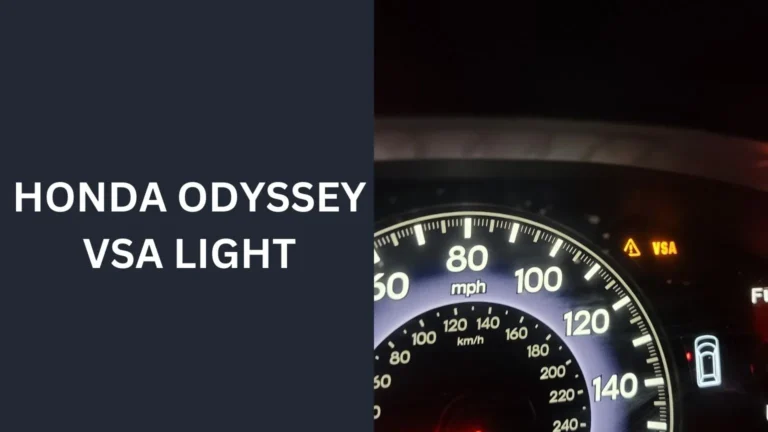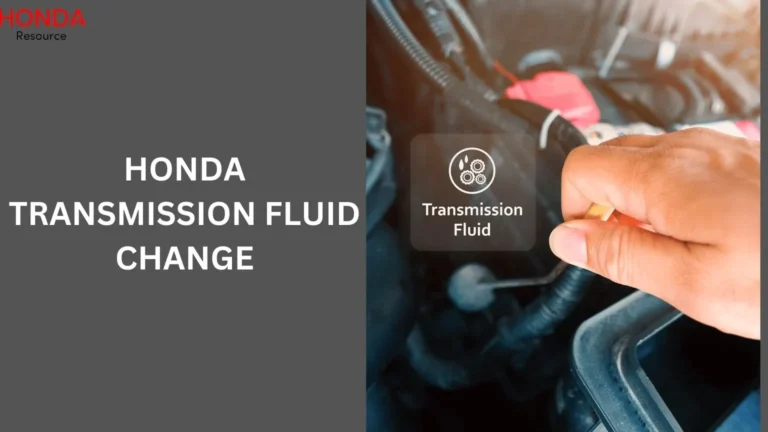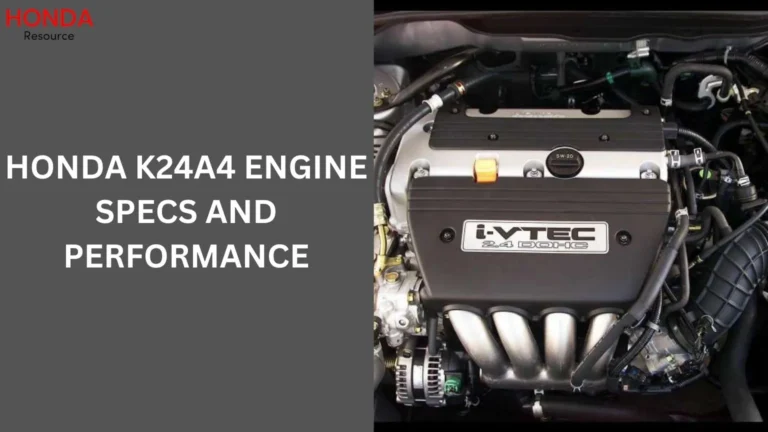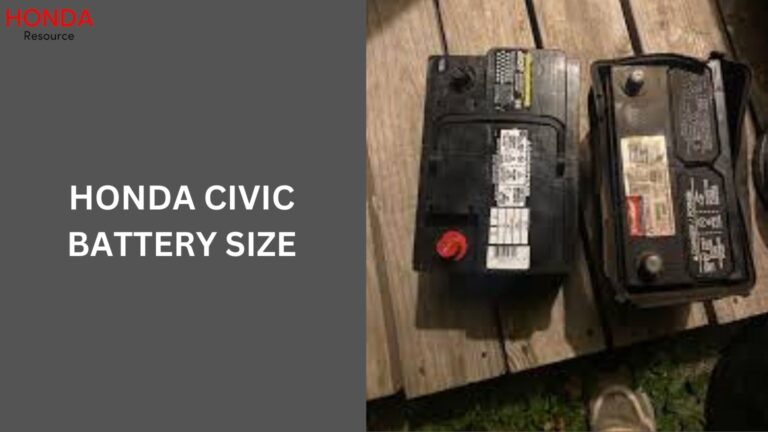TCS Light Honda (Mean, Causes, and Fixing) of 2024
The TCS Light Honda serves as a crucial indicator of potential issues affecting your vehicle’s traction control system. Understanding its implications and how to address them can ensure your Honda operates safely and efficiently.

Introduction to TCS Light
When the TCS (Traction Control System) light illuminates your Honda’s dashboard, it signals a problem within the vehicle’s traction control or stability system. This system is designed to enhance stability and prevent wheel slip during acceleration by regulating brake force to each wheel individually.
What Does TCS Light Mean?
The TCS light typically indicates a malfunction or issue with the traction control system. It could signal anything from a simple sensor fault to a more complex mechanical issue affecting the vehicle’s stability and traction capabilities.
Causes of TCS Light Turning On
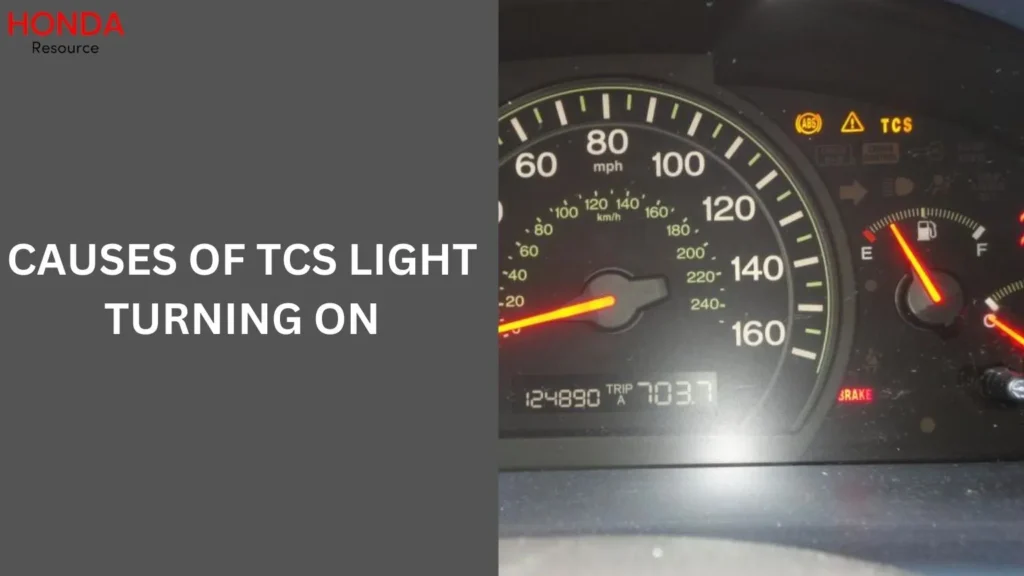
When the TCS light illuminates your Honda’s dashboard, it can be triggered by various underlying issues. Understanding these causes can help you address the problem effectively.
Low Tire Pressure
One common cause of the TCS light coming on is low tire pressure. When tires are not properly inflated, it can affect wheel speed readings, triggering the system to activate the warning light.
Faulty Wheel Speed Sensors
Faulty wheel speed sensors, which monitor the rotational speed of each wheel, can also cause the TCS light to illuminate. These sensors are crucial for accurate traction control system operation.
Traction Control System Malfunction
In some cases, the TCS light may indicate a broader malfunction within the traction control system itself. This could be due to electrical issues, mechanical failures, or software glitches.
Effects of TCS Light
When the TCS light comes on in your Honda, it indicates that there might be an issue with the traction control system. This can have several effects on your vehicle’s performance and safety:
Reduced Traction and Stability
The primary role of the traction control system is to maintain optimal traction and stability by preventing wheel spin. When the TCS light is on, it means the system is either turned off or malfunctioning, which can lead to reduced traction. This is especially noticeable in slippery conditions such as rain, snow, or ice, where your vehicle may struggle to maintain grip on the road.
Impact on Vehicle Handling
With the TCS light illuminated, your vehicle’s handling characteristics can change. The traction control system helps manage power distribution to the wheels, ensuring smooth acceleration and control. Without it, you might experience:
- Increased Wheel Spin: During acceleration, especially from a stop, you may notice increased wheel spin, making it harder to gain traction.
- Oversteer or Understeer: In corners, the absence of traction control can lead to oversteer (rear wheels losing grip) or understeer (front wheels losing grip), both of which can affect your ability to navigate turns safely.
- Less Effective Braking: While the traction control system is primarily focused on acceleration and grip, it also works in conjunction with the anti-lock braking system (ABS). A malfunctioning TCS can sometimes impact the efficiency of ABS, leading to less effective braking.
Potential for Increased Wear and Tear
Driving with the TCS light on for extended periods can lead to increased wear and tear on certain vehicle components. For example:
- Tires: Without the traction control system to manage wheel spin, your tires might wear unevenly or more quickly, especially if wheel spin is frequent.
- Brakes: If the system malfunction affects ABS, you might find yourself braking more aggressively, leading to faster brake wear.
Increased Risk in Adverse Conditions
Perhaps the most significant impact of a malfunctioning traction control system is the increased risk of driving in adverse conditions. The TCS is designed to enhance safety by maintaining stability and grip, so without it, your vehicle is more prone to slipping and skidding, particularly on wet or icy roads.
Dash Light Distraction
While this might seem minor, a constantly illuminated warning light can be a distraction for drivers. It serves as a reminder that something isn’t functioning correctly, which can be unsettling and draw attention away from driving tasks.
How to Diagnose TCS Light Issues?
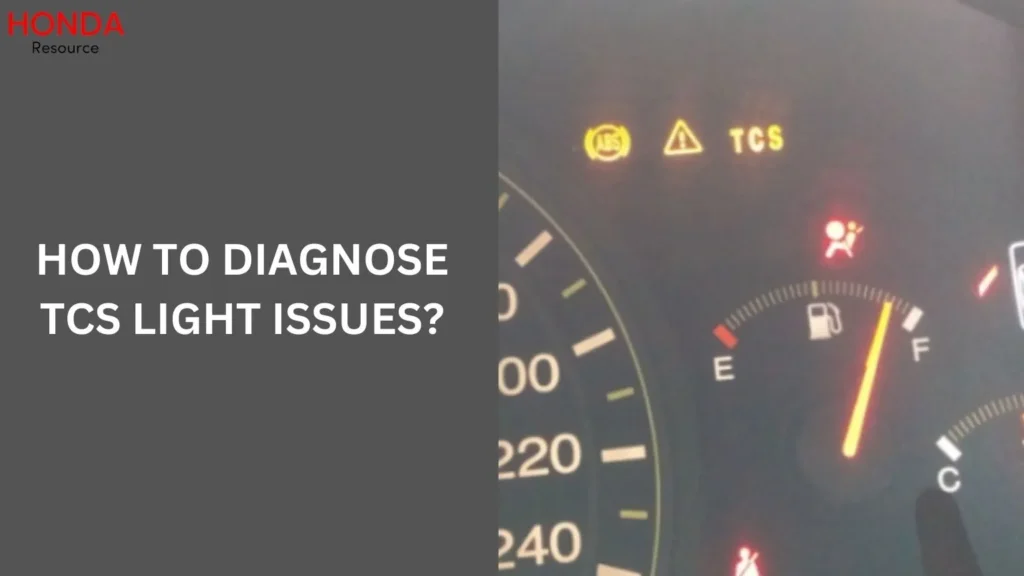
When the TCS light illuminates your Honda’s dashboard, it’s crucial to diagnose the underlying issue promptly to ensure your vehicle’s traction control system operates effectively. Here’s a step-by-step guide to diagnosing TCS light issues:
Checking Tire Pressure
Start by checking and correcting tire pressure according to your Honda’s specifications. Properly inflated tires ensure accurate wheel speed readings and can often resolve the TCS light issue.
Using OBD-II Scanner for Codes
An OBD-II scanner can retrieve diagnostic trouble codes (DTCs) related to the TCS light. These codes provide specific information about which component or system is malfunctioning.
Visual Inspection of Sensors and Wiring
Inspect the wheel speed sensors and their wiring harnesses for damage, corrosion, or loose connections. Physical inspection can often reveal issues that trigger the TCS warning.
Steps to Reset TCS Light Honda
When the TCS light illuminates on your Honda’s dashboard, resetting it can often resolve minor issues. Here are the steps to reset the TCS light:
Checking and Adjusting Tire Pressure
After correcting tire pressure, you may need to reset the TCS light. This can often be done by following the reset procedure outlined in your Honda’s owner manual or using an OBD-II scanner.
Clearing Codes with OBD-II Scanner
If the TCS light persists after addressing tire pressure, use an OBD-II scanner to clear any stored codes. This process resets the system and allows for fresh monitoring of sensor inputs.
Common Honda Models with TCS Light Issues
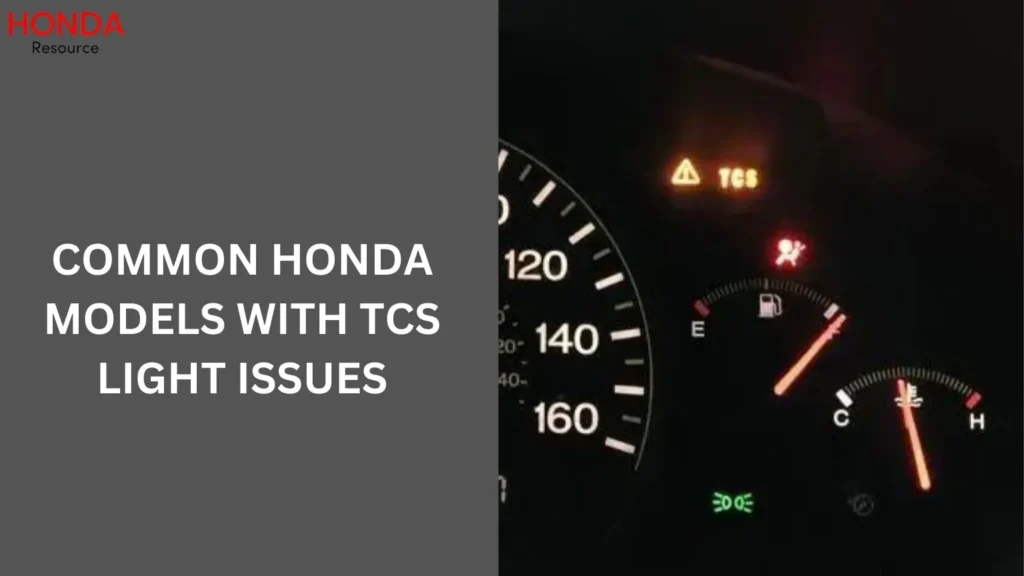
Honda vehicles are more prone to experiencing TCS light issues due to various factors related to their design, age, and specific components. Understanding these models can help identify potential TCS problems more effectively:
Accord
The Honda Accord occasionally experiences TCS light issues, often related to sensor malfunctions or electrical faults within the traction control system.
Civic
Honda Civic models may also encounter TCS light problems, particularly in older vehicles where sensor wear or wiring issues can affect system performance.
CR-V
The Honda CR-V, known for its reliability, can still face TCS light concerns due to sensor failures, software glitches, or environmental factors affecting sensor operation.
When to Seek Professional Help?
Knowing when to involve a professional mechanic or service center is crucial when dealing with persistent TCS light issues. Here are the signs that indicate it’s time to seek professional assistance:
Persistent TCS Light After Reset
If the TCS light remains illuminated after performing basic troubleshooting and resets, it may indicate a deeper issue that requires professional diagnosis and repair.
Complex Sensor or System Faults
Complex faults such as internal sensor failures or system malfunctions may require specialized equipment and expertise to diagnose and rectify effectively.
Preventive Maintenance Tips
Maintaining your Honda’s traction control system can help prevent TCS light issues and ensure optimal performance. Here are some proactive steps to consider:
Regular Tire Checks and Inflation
Maintain proper tire inflation levels to ensure accurate wheel speed readings and prevent TCS light activation due to low tire pressure.
Timely Sensor Inspections
Periodically inspect wheel speed sensors for signs of wear, corrosion, or damage that could affect their performance and trigger the TCS warning.
Maintenance of Traction Control System Components
Schedule regular maintenance checks for your Honda’s traction control system components, including sensors, wiring, and control modules, to prevent unexpected TCS light issues.
People also ask
What does the TCS light mean on a Honda?
The TCS (Traction Control System) light on a Honda indicates a potential issue with the vehicle’s traction control system. It alerts the driver to problems such as wheel slip, sensor malfunctions, or issues affecting stability and traction on the road. Prompt attention to this warning can help maintain safe driving conditions and prevent further system damage.
What does a TCS warning light mean?
The TCS warning light, short for Traction Control System, signals issues related to the vehicle’s traction and stability control. It typically illuminates when there’s a problem with wheel traction, such as wheel slip or a malfunction in the system components. Addressing the warning promptly ensures safe driving conditions and prevents potential damage to the vehicle’s traction control system.
How to fix the TCS light?
Fixing the TCS (Traction Control System) light involves several steps:
Check Tire Pressure: Ensure tires are properly inflated.
Reset the System: Use an OBD-II scanner to clear any stored codes.
Inspect Sensors: Check wheel speed sensors and their connections for damage.
Professional Help: If issues persist, seek assistance from a mechanic for thorough diagnosis and repair.
What is the TCS engine light?
The TCS engine light, often confused with the TCS (Traction Control System) light, generally refers to the Check Engine Light. This indicator alerts drivers to potential issues with the vehicle’s engine or emissions system, requiring prompt attention to diagnose and address underlying problems for continued safe operation.
Conclusion
In Conclusion, Understanding the TCS light on your Honda is crucial for maintaining safe driving conditions. By identifying potential causes, conducting basic diagnostics, and knowing when to seek professional help, you can effectively manage TCS light issues and ensure your Honda operates at its best.

I’m Henry Leclerc, a passionate professional car mechanic with a deep love for Honda cars. With years of hands-on experience and extensive knowledge about all Honda car models, I’ve created this website to share my expertise and help fellow Honda enthusiasts keep their vehicles in top-notch condition.


